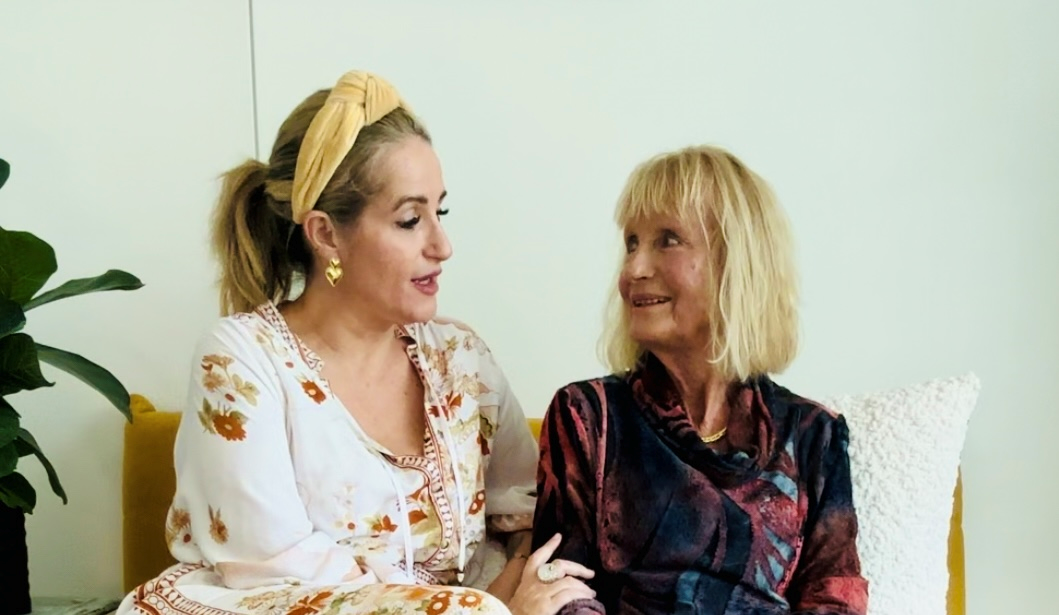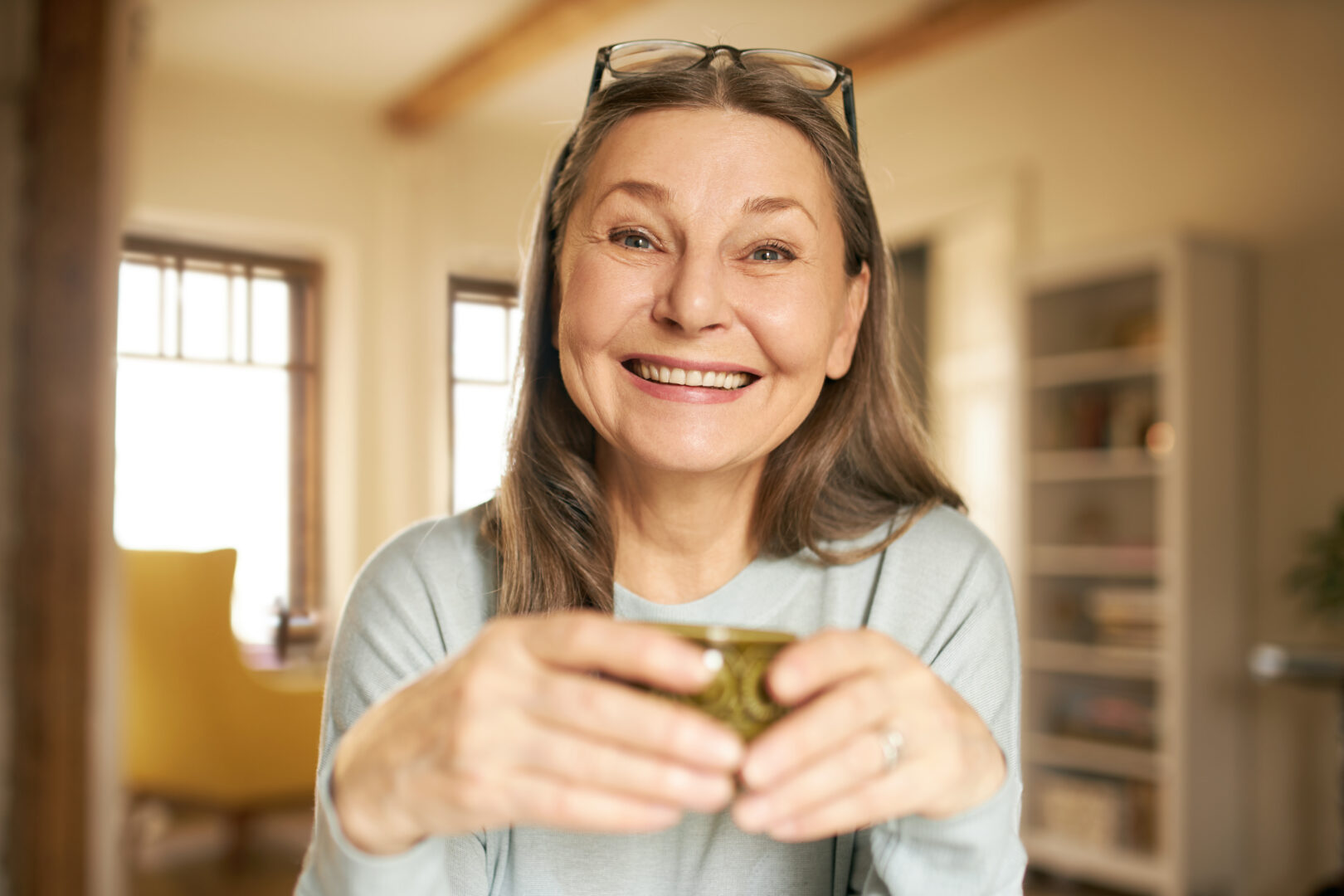Touring an Aged Care Facility
Preparing for a tour
Prior to doing any tours, have a discussion with the potential resident, and make a list about personal needs and preferences. For example, you may discover that the range of lifestyle activities is more important than how modern the building looks.
After this, reading up on the facility (links are provided in the Aged Care Decisions Options Report) will help define what particular aspects should be looked out for during the tour.
When to visit
If you can, book your appointment between 10.30am and 12.30pm – the time when the most amount of activities are scheduled. Doing this will help you see how involved the residents are in their environment, and what type of lifestyle activities the facility has. You can then assess whether these types of activities will be suitable.
Arrive early
If possible, arrive at the facility at least 10-15 minutes early. This will allow a visitor to observe how staff interact with each other and towards the residents. Seeing smiling faces and helpful staff means that the people working there actually enjoy their job and provide good care to the elderly.
What to look for on a tour?
Staff Tenure
High staff turnover is an indicator of poor culture in a facility.
Ask how long the manager, registered nurses, care manager, and carers have been working at the facility.
Pay particularly close attention to how long the manager and care manager/registered nurses have been working there.
Staffing levels
Staff to residents’ ratios are crucial as they determine how much care and attention a resident gets at any time of the day.
The more staff, the better.
Ask about the ratio of residents to staff on AM shift, PM shift and overnight.
Agency staff
Use of agency (third party) staff indicates an unsettled staffing roster, and is a potential indicator of a less settled environment.
Ask how often the facility uses agency staff – for example, how many agency staff have been used in the past week?
Activities calendar
The activities calendar shows what the organised activities are, and how often they take place.
With not much to do during the day, residents may feel depressed and lonely.
Check the day and time, and see whether the scheduled activity on the calendar is happening – if not, ask why.
Meals & menu
The meals provided to residents need to be both nutritious and tasty.
Ask how often the menu is changed.
Check to see if the quality of food served while you are visiting matches the description.
Having a meal with the residents is a really good idea to see whether the food is tasty, with the right textures, cooked with fresh produce, and served at the right temperature.
Cleanliness & smell
Upon entering the facility focus on the smell both in residents’ rooms and in common spaces.
This will provide an idea on how often housekeeping is provided. This should occur daily.
Building & amenities
Ask to see both public areas and an example of the room the potential resident will be staying in.
Check the nature and complexity of access from that room to common areas and outdoor gardens.
Having access to a spacious, well maintained garden is also important for the care recipients as getting fresh air and sun is crucial for their wellbeing.
Residents' feedback
Having a conversation with at least two or three residents about their likes and dislikes is an effective way to hear an honest opinion about how the life of the future care recipient would look like.
Also, the way they are dressed and groomed is an important factor to look at. If they look neat and clean, it means that they receive the assistance and care they need.
Ask if the facility can provide you with any letters of recommendation / references for their facility (maybe from a past resident or their family).












